Buy the photo Svalbard Reindeer by Kai Müller on canvas, ArtFrame, poster and wallpaper, printed on demand in high quality.
About "Svalbard Reindeer"
by Kai Müller
About the artwork
The Svalbard reindeer has experienced many ups and downs: migrating from the Russian Arctic thousands of years ago, it has evolved into its own subspecies (Rangifer tarandus platyrhynchus). In the 19th and early 20th centuries, it was hunted so heavily that the population was wiped out in many parts of its range. It is estimated that there were only perhaps 1,000 animals left when the species was placed under protection in 1925 - the same year that the Svalbard Treaty came into force, allowing the Norwegian government to take legal action. Svalbard reindeer can travel long distances, including over frozen fjords and even drift ice, otherwise they would never have reached Svalbard. But they don't necessarily do that, because their normal way of life is to stay where they are as long as the conditions are suitable. So it takes time: after local extinction, many decades can pass before reindeer find their way back to remote parts of the Svalbard archipelago. In addition, local populations are subject to strong short-term fluctuations: In bad years, for example when rain on the snow-covered ground in winter covers the tundra with a hard crust of ice, making the vegetation inaccessible, a considerable part of the population starves to death in spring. According to biologist Le Moullec, however, this usually only becomes a problem when the population is already so high that the remaining accessible areas can no longer feed the population: A classic case of self-regulation of a natural ecosystem. In addition, the risk of falling increases in icy terrain: in the winter of 2018-19, several reindeer died in the vicinity of Longyearbyen, for example in Bjørndalen, after falling from steep slopes.

About Kai Müller
For as long as I can remember I have always been drawn to the beauty of the environment and the wild spirit of wildlife. However, my love for nature and wildlife photography began a few years back after a series of travels coupled with my studies in design. .. Read more…
 Germany
Germany Ordered in February 2025
Ordered in February 2025
 Germany
Germany Ordered in August 2025
Ordered in August 2025
 Germany
Germany Ordered in August 2019
Ordered in August 2019
 Netherlands
Netherlands Ordered in October 2022
Ordered in October 2022
 Netherlands
Netherlands Ordered in January 2024
Ordered in January 2024
 Germany
Germany Ordered in November 2024
Ordered in November 2024
 Germany
Germany Ordered in November 2021
Ordered in November 2021
 Netherlands
Netherlands Ordered in August 2019
Ordered in August 2019
 Netherlands
Netherlands Ordered in December 2024
Ordered in December 2024
 Netherlands
Netherlands Ordered in July 2023
Ordered in July 2023
 Germany
Germany Ordered in February 2023
Ordered in February 2023
 Germany
Germany Ordered in March 2019
Ordered in March 2019
About the material
Wallpaper
Make a statement with art on wallpaper
- Razor-sharp prints
- Easy to apply
- Big sizes possible
- Strong quality
Discover the artworks of Kai Müller
 Reindeer herd in Pasvik National ParkKai Müller
Reindeer herd in Pasvik National ParkKai Müller Northern Lights Panorama LofotenKai Müller
Northern Lights Panorama LofotenKai Müller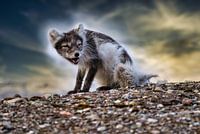 Polar FoxKai Müller
Polar FoxKai Müller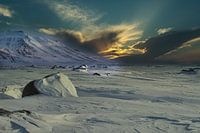 AgardhbuktaKai Müller
AgardhbuktaKai Müller Paulabreen SvalbardKai Müller
Paulabreen SvalbardKai Müller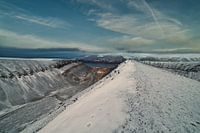 Longyearbyen photographed from the mountain SarkofagenKai Müller
Longyearbyen photographed from the mountain SarkofagenKai Müller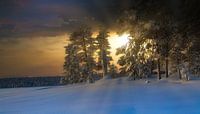 Evening atmosphere in Pasvik National ParkKai Müller
Evening atmosphere in Pasvik National ParkKai Müller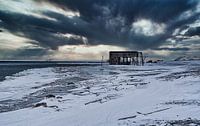 Hiorthamn SvalbardKai Müller
Hiorthamn SvalbardKai Müller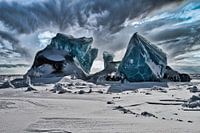 Pack ice in the AsgardbuktaKai Müller
Pack ice in the AsgardbuktaKai Müller Reindeer herd in Pasvik National ParkKai Müller
Reindeer herd in Pasvik National ParkKai Müller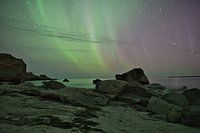 Uttakleiv on the Lofoten under the northern lightsKai Müller
Uttakleiv on the Lofoten under the northern lightsKai Müller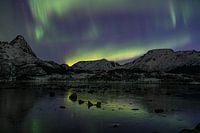 Aurora Borealis before the mountainsKai Müller
Aurora Borealis before the mountainsKai Müller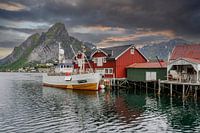 WhalersKai Müller
WhalersKai Müller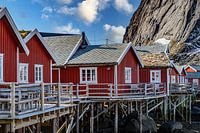 Reine LofotenKai Müller
Reine LofotenKai Müller Northern lights over the lighthouse of SlettnesKai Müller
Northern lights over the lighthouse of SlettnesKai Müller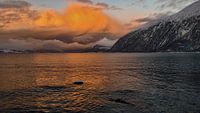 Sommarøy in the winter evening lightKai Müller
Sommarøy in the winter evening lightKai Müller Giant Iceberg Antarctic PeninsulaKai Müller
Giant Iceberg Antarctic PeninsulaKai Müller Drift ice in the AntarcticKai Müller
Drift ice in the AntarcticKai Müller HallingskeidKai Müller
HallingskeidKai Müller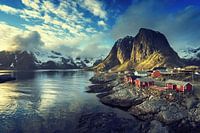 Lofoten ReineKai Müller
Lofoten ReineKai Müller
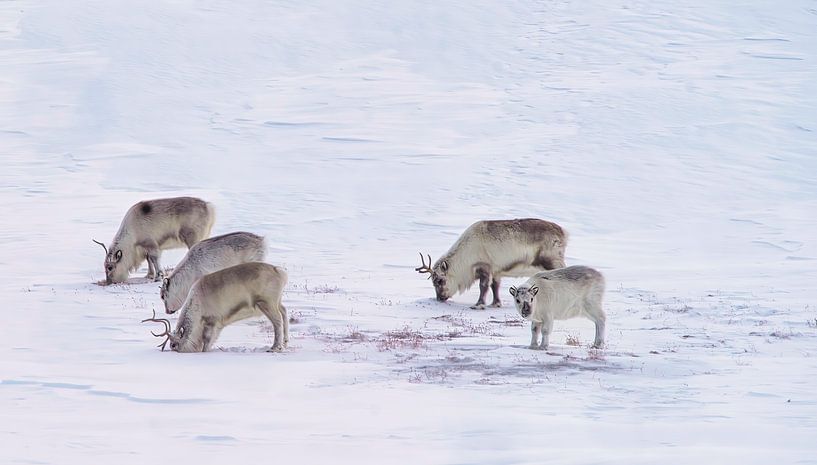












 Christmas
Christmas Photo wallpaper
Photo wallpaper Photography
Photography Safari
Safari Serene Peace
Serene Peace Spitsbergen
Spitsbergen









